It’s the blossom handbag/ shoulder bag from the book “Style Stitches: 12 Easy Ways to 26 Wonderful Bags". I don’t own the book but this particular pattern can be downloaded for free from Sew Mama Sew!
Since there are already a lot of very good reviews on this pattern on the internet (just google “Amy Butler blossom handbag” and you will see) I am not going to show you a detailed step by step instruction of how I assembled my bag but rather focus on the parts that have been a bit tricky to me and give you tips that might be helpful for you if you should try this pattern.
First of all, if you don’t have the book and download the pattern from the above mentioned website you will get the pattern as a pdf. I always mention the following in my own patterns but since this one is not primarily a pdf pattern there was no extra hint, so that I made the first mistake at the very beginning:
When printing the pattern, make sure your printer settings (size options) are set to “actual size” and not to “fit”, otherwise the pattern will NOT have the right size!!
This will get you into a lot of trouble since there are a few rectangular pieces, which you will have to cut out according to the sizes in the instructions. If your printed pattern comes out too small all these other pieces won’t match the pattern anymore and I only noticed that after I had assembled the (slightly work-intensive yet really pretty) handles and attached them onto the bag. As a consequence, my flap wouldn’t fit anymore, so in order to make it fit I had to cut off quite a little bit of fabric of the flap, which slightly altered its distinct shape. Too bad but I had no choice.
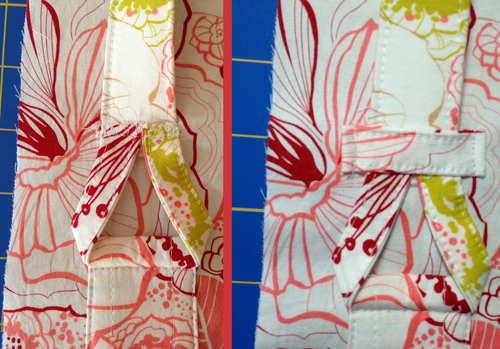
The bag closes with a magnetic snap. I love using magnetic snaps, since they are easy to apply and look really professional. The instructions tell you to insert the male part of the magnetic snap into the flap. I did so, being extra careful to place it centered.
What I recommend is pinning the flap onto the back of the bag, so that you can see where the upper part of the closure (the one on the flap) would go when I close down the flap. I use the measurements in the instructions for help to make sure, the bottom part of the snap doesn’t move too much to the top or the bottom edge of the front part of the bag. After marking the spot with a pen it is now that I insert the female part of the magnetic snap. This method might not be for everyone but for me it always worked out well so far and I never had to get furious because I ended up with the closure parts in the wrong spots, not matching together.
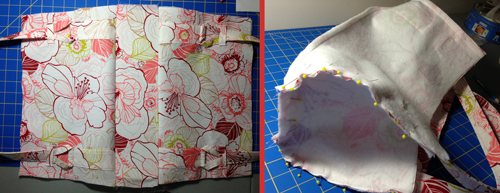
Another part that was a bit confusing to me was making the divider panel with the zip pocket. I think it would have helped to have at least some illustrations or even pictures with the instructions, however, I ended up making a simple “zipper pouch” that I inserted as the divider panel. For those of you who should have similar problems, you can check out my tutorial on an easy zipper pouch” here in my blog and then use it as a divider panel just like I did.
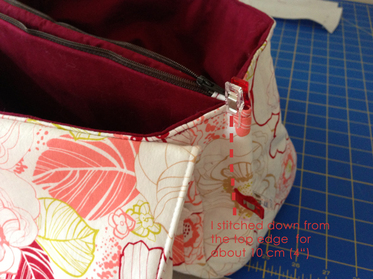
I decided to stitch parallel to the side edge of the divider panels for about 10 cm (4“) in contrast to what the instructions tell you. First of all this holds the dividers better in place (since they are not attached to the bottom of the bag but only to the side panels) and I also felt like this would make them more stable and less likely to tear off.

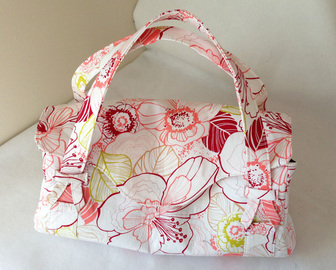
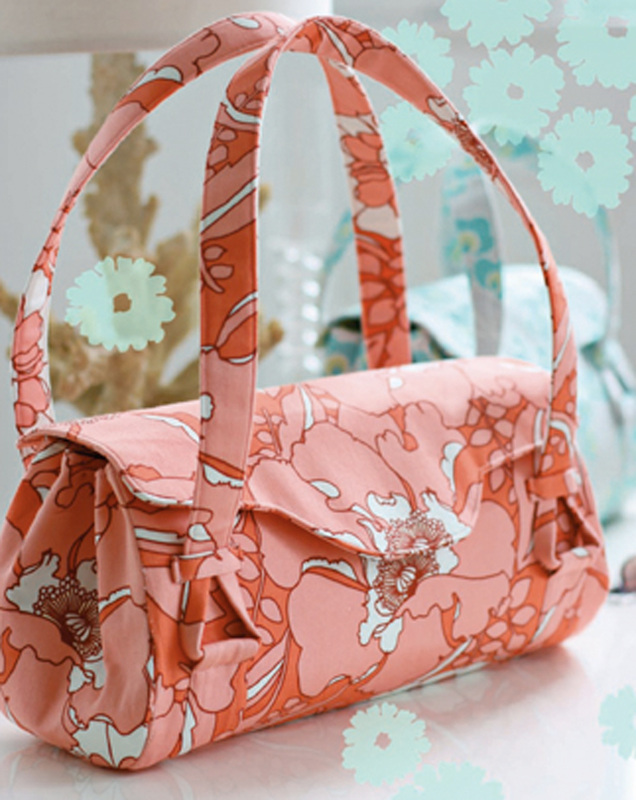
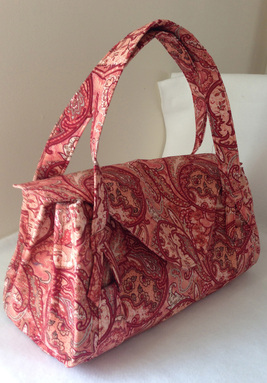
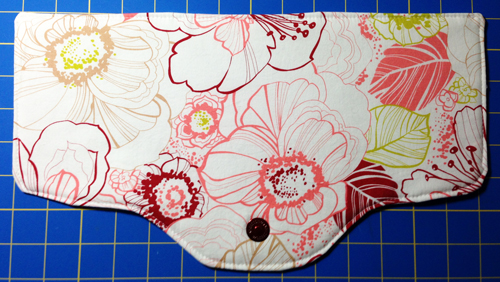
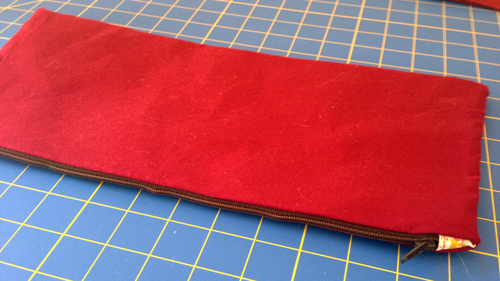
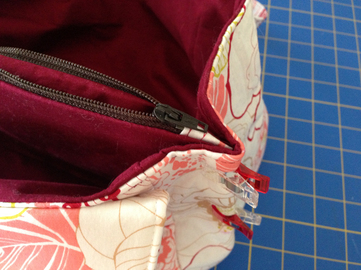
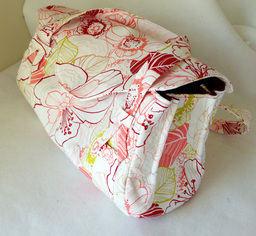
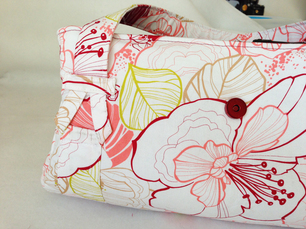

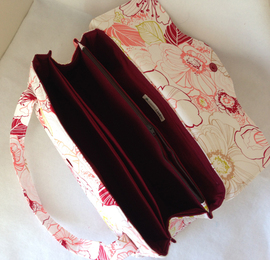
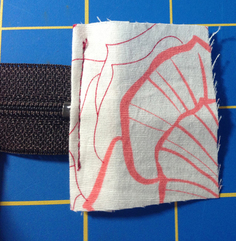
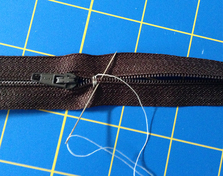
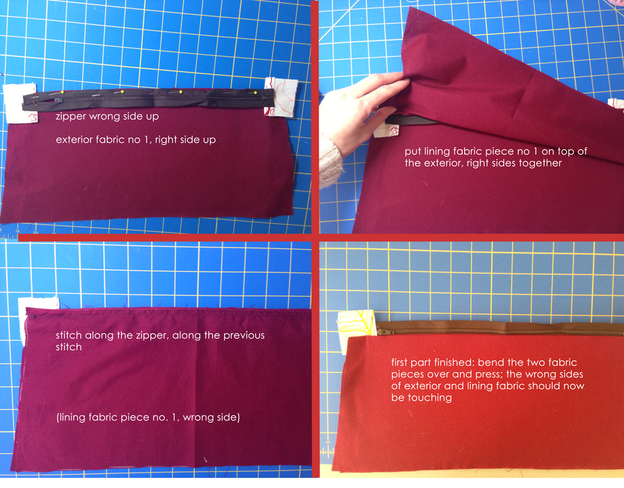
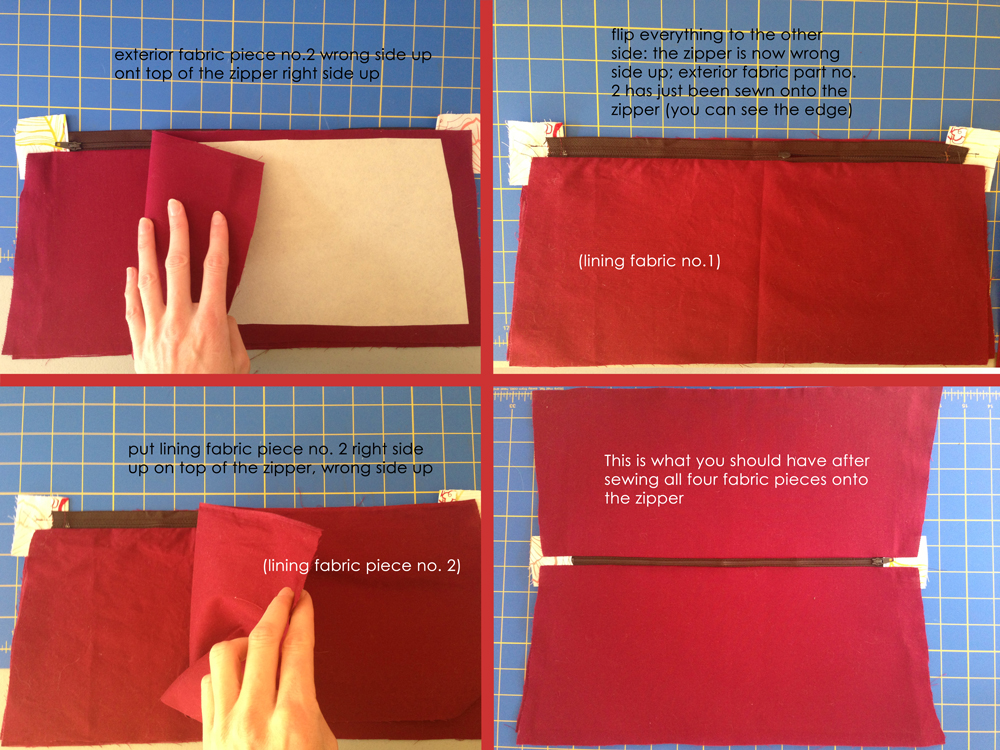
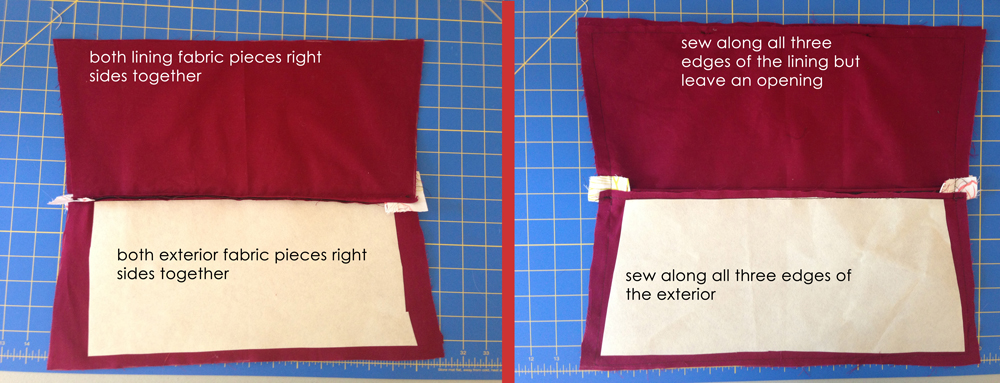
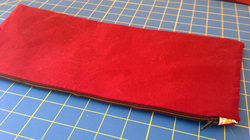
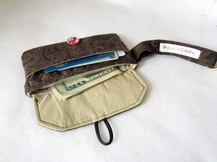

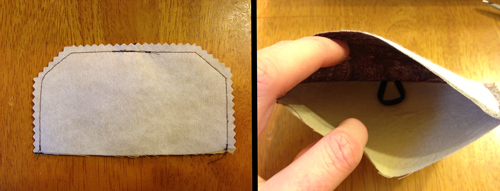
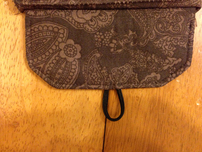

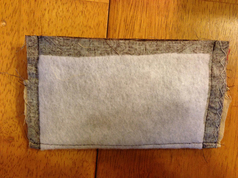
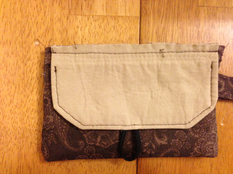
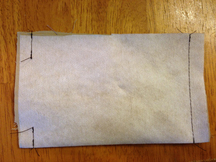
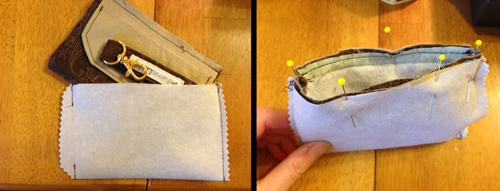
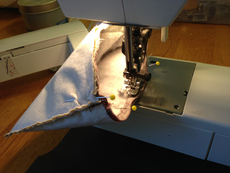
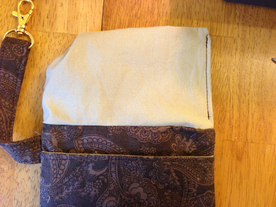
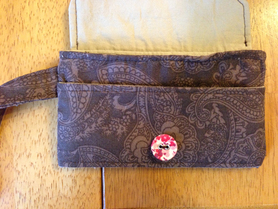


 RSS Feed
RSS Feed





